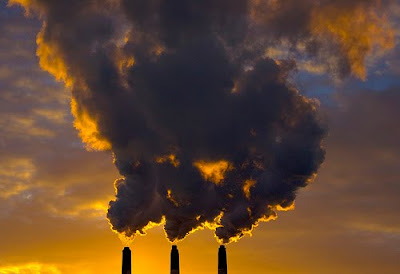
Air Pollution
Dry air has 78% N2, 21% O2, 0.03% CO2 and the rest other gases are about 1%. Air pollution is principally caused by man. Due to human activities, the amount of solid waste or concentration of gases other than O2 increase in the air and disturb the natural composition of air. This phenomenon is referred to as air pollution. Air pollution is one of the most dangerous and common kind of environmental pollution that is reported in most industrial towns and metropolitans. Motor vehicles are the major problems of the world which cause air pollution.


















